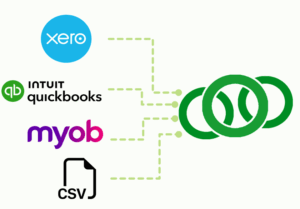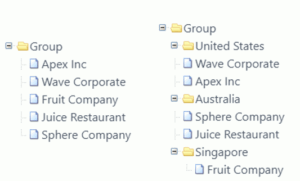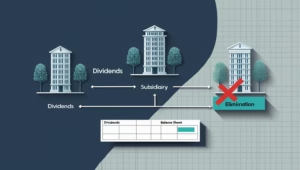BrizoSystem
-

The Hidden Costs of Manually Exporting Data for Financial Reporting
—
in ReportingFor many finance teams, exporting data manually from accounting systems like Xero, QuickBooks, or MYOB is a regular part of the monthly reporting process. This approach might seem straightforward, but…
-

Announcing Prebuilt KPIs in BrizoSystem
—
in NewsTracking financial performance can be a daunting task, especially when managing multiple companies or subsidiaries. To make this process simpler and more insightful, BrizoSystem has introduced a set of prebuilt…
-

The Hidden Costs of Manually Preparing Board Packs and Monthly Reports
—
in ReportingFor many finance teams, preparing board packs and monthly report sets is a routine yet time-consuming task. It involves collecting data from multiple sources, validating numbers, updating spreadsheets, and creating…
-

Managing Multiple Companies in BrizoSystem: Simplifying Financial Consolidation with Virtual Groups
—
As businesses grow and expand, they often find themselves managing multiple companies, subsidiaries, or business units. This structure, while beneficial for scaling operations and reducing risk, introduces a significant challenge:…
-

New Feature in BrizoSystem: Define Ownership Percentage and Calculate Non-Controlling Interest (NCI)
—
in NewsManaging the financials of a complex group structure can be challenging, especially when ownership percentages vary across subsidiaries. To make this process more intuitive and accurate, BrizoSystem has introduced a…
-

The Hidden Costs of Using Excel for Multi-Company Consolidation
—
For many small and medium-sized businesses, Excel is the go-to tool for financial management. It’s flexible, widely available, and familiar to most finance professionals. However, as your business grows and…
-

Understanding Intercompany Dividend Elimination in Financial Consolidation
—
Why Intercompany Dividends Must Be Eliminated When consolidating financial statements across multiple entities within a group, one essential adjustment is the elimination of intercompany dividends. These are dividends paid by…
-
Why Do We Eliminate Intercompany Transactions in Financial Consolidation?
—
Seeing the Group as One When a group of companies is under common control—such as a parent company with several subsidiaries—the goal of financial consolidation is to present their financials…
-
AI and Financial Consolidation: The Future of Multi-Entity Reporting
—
Introduction: A New Era in Finance Financial consolidation has traditionally been a complex, manual process requiring significant coordination across departments, countries, and systems. As businesses grow through acquisitions or international…
